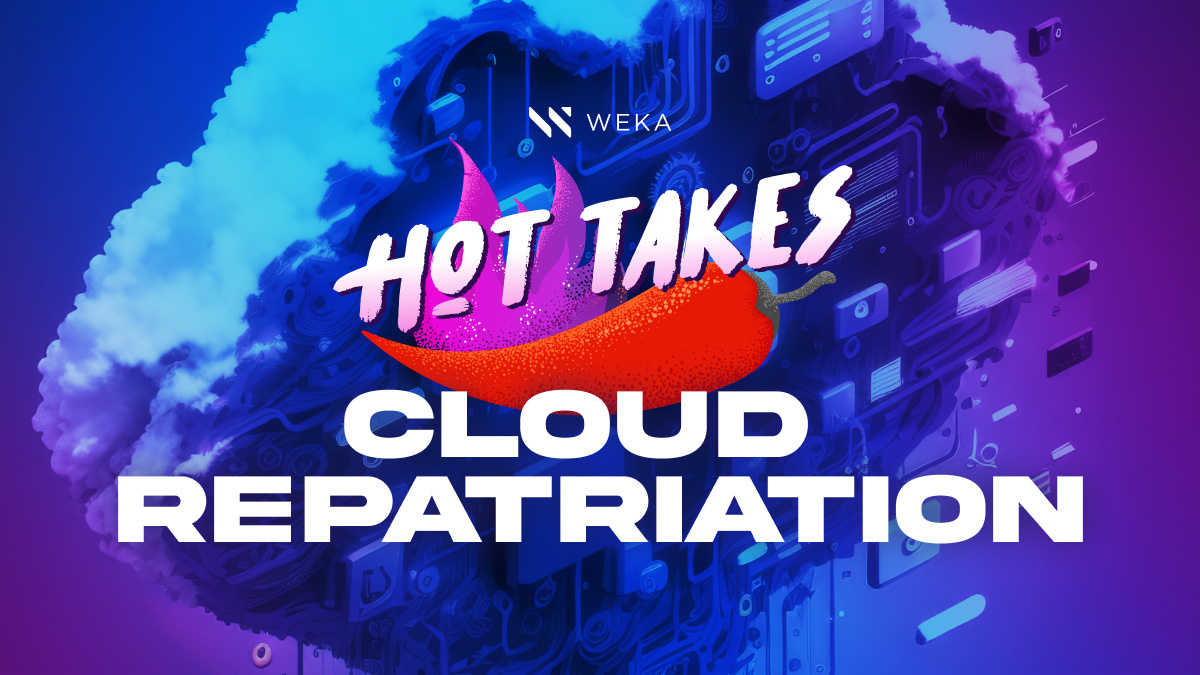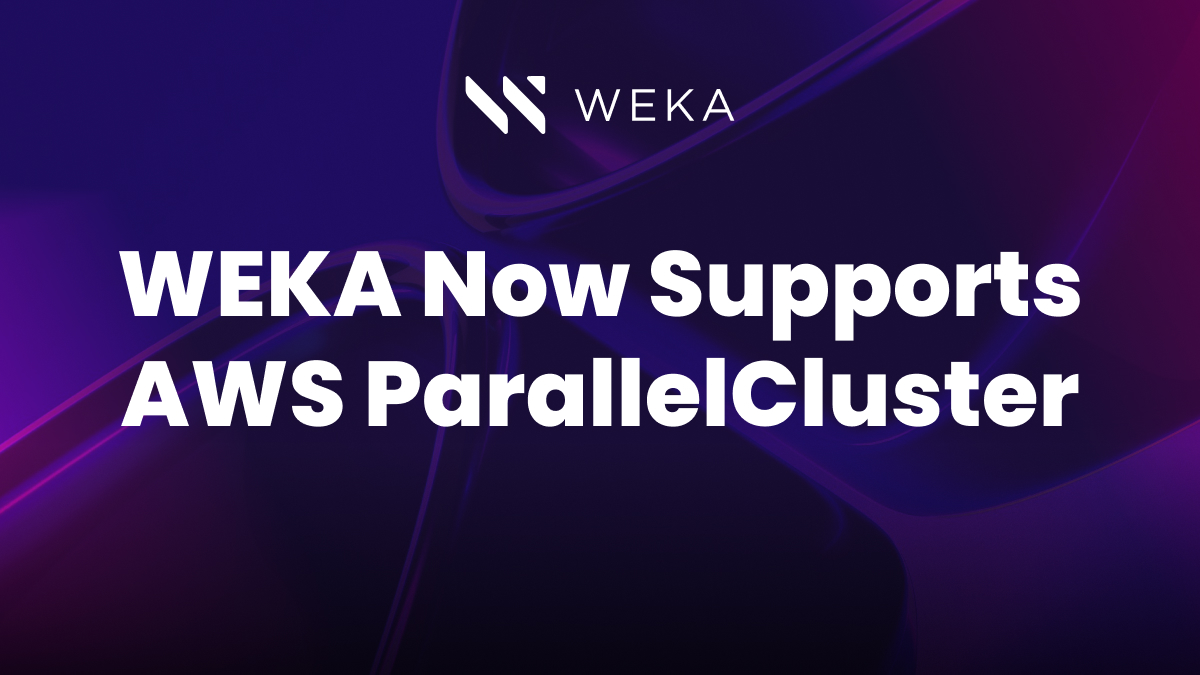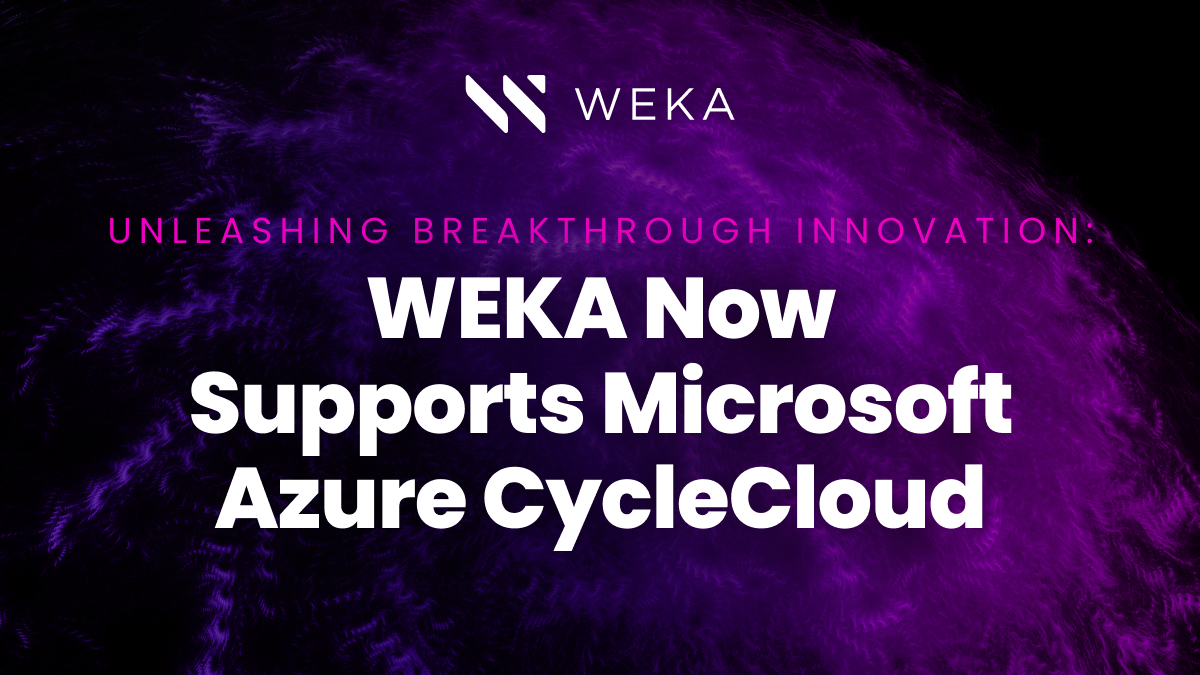Cloud Repatriation and the Economics of Renting vs. Buying

Why the housing market is a useful analogy for the cloud repatriation debate
In the first couple years after I graduated college, I rented a tiny 350-square foot studio apartment in Baltimore. It was the late 90s, and Baltimore was rapidly developing and gentrifying. After my rent doubled over two years, I decided to get a house with three roommates. I cut my rent by about 30% and had much more square footage and an awesome back patio for BBQs. But, I also had to share much of that space and now had to worry about the noisy neighbor (or, in this case, noisy roommates) problem.
Then, after grad school, with a second income from my domestic partner, I could consider buying a house. But in 2004 and 2005, houses were (for the time) really expensive! So, by no means was owning a home necessarily the right move financially – particularly once you factor in monthly maintenance costs, HOA dues, property taxes, interest on the mortgage, etc.
The current discussion around cloud repatriation reminds me of the ongoing debate of whether renting or buying a house is better. The reality is – it depends. The decision to rent or buy is highly nuanced, individualized, and subjective and might change as economic conditions change. The same principles apply when deciding to host workloads with a cloud provider or run them in a data center.
Based on the amount of ink spilled lately over cloud repatriation, you wouldn’t know that, though. If you believe the headlines, the cloud party is over, and it’s time to move workloads back to on-premises data centers. However, to say: “If you’re a start-up, or have bursty workloads, then the cloud is for you – everyone else should be using data centers” is shortsighted. Likewise, to advise the market that “you’re crazy not to start in the cloud, but at a certain scale, you’re crazy to stay” is less an argument for cloud repatriation than it is an argument on behalf of very large cloud customers for a bigger volume discount. Finally, talking about the cloud as “leading to higher costs” is quite misleading in the sense that these comparisons usually don’t account for nuances like following well-architected guidance for the cloud providers, which include things like proper network design to manage data transfer costs, using autoscale to optimize resource use, and a host of other really good ideas that many customers admit they don’t do at the moment.
All these stories might make for great headline clickbait, but the reality is far more nuanced. Organizations would be wise to take a cue from the housing market to develop a broader-based view on the decision to host workloads with the cloud provider or run in their data center.
Renting space for your workloads from a cloud provider is a lot like renting an apartment. A diversity of options exist for generalized purposes (like size and location). You aren’t locked in for multiple years like you are with a mortgage, giving you the flexibility to move relatively quickly to bigger (or smaller) space if and when you need it. If you’re willing to commit to a longer lease, you can usually get a decent discount for the long-term contract. But if you have a highly specialized need, like space for your art studio or carpentry workshop, your options may thin out quickly and get quite expensive.
Building a data center – or repatriating workloads to a data center – is a lot like building a house. If you’re building new, planning, permitting, and constructing the property will take several months, possibly years, and every decision you’ve made – particularly architectural and structural decisions – is permanent. If you need to add more space down the road, it will require a lot of time and expense.
There are a few factors every business should consider when they think about repatriating cloud-based workloads:
- What’s the upfront investment?
- What are the all-in monthly costs?
- What does the business look like in the next 1 year? 3 years? 10 years?
- Do you require access to specialized resources?
- How do you account for the rapid pace of innovation by cloud providers?
- Are you using the optimization tools available in the cloud?
- What skill sets do you have in-house? What are your priorities for developing them?
These are not new questions. What is new is the uncertain economic climate we’ve found ourselves in in 2023. As a result of that uncertainty, cloud costs are under scrutiny like never before. This is the core issue driving organizations to look at cloud repatriation, cloud optimization, and even an increased focus on multicloud.





